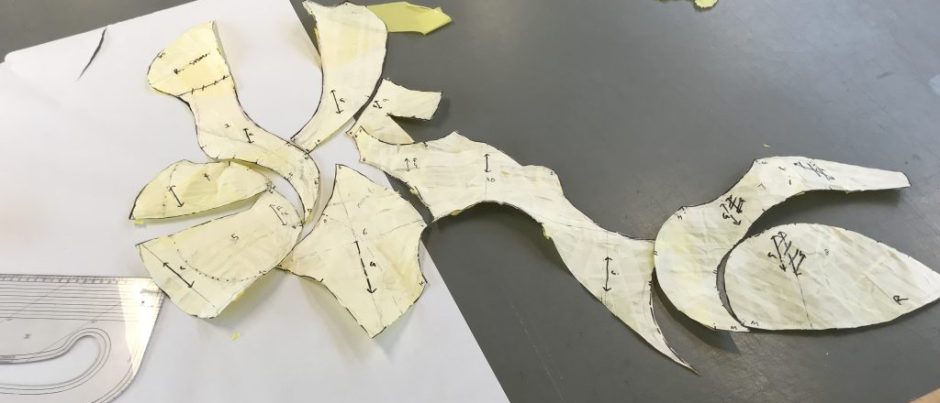Miriam Elgon: Personal Tutor, Course Leader in MA Academic Practice
(Formative, written feedback given in response to intervention design outline on 24/06/2024, after a personal tutorial on 19/06/2024)
This is an interesting proposition because:
Your inclusive risk assessment idea brings together discourses around inclusive spaces created by learning design and inclusive spaces created by architectural design in a really rich way. The combined consideration of physical and mental aspects will make for an incredibly effective tool.
Your thorough approach to analysing different understanding and uses of risk assessment has raised important observations already, for example, the use of the phrase ‘competent persons’. Asking who a risk assessment is for, implicitly or explicitly, is very aligned with the values of critical pedagogy, which seek to illuminate who is benefiting and who is being oppressed by habitual and default systems.
Consider:
The design of the risk assessment – And the way that this word might mean something different to you as a creative practitioner than it might mean to others in other fields. Though at the core of much risk assessment activity is a form, could and should it be verbal, visual, tactile? Should it be a one-off or a sequence of activity over time serving different purposes? You can think about content and form as playfully as you would in realisation of any project.
The nature of risk assessment – what it is and should be, in the same way as other subjects like ethics. Is it a form, an approach, an attitude, a practice? etc
Speaking to UAL Health and Safety staff within the university – How do, see and think about all these areas? Ensure you document these conversations and fold them into your development and reflection.
Resources and Questions
Morley, Christine, Joanne Clarke, Chez Leggatt-Cook, and Donna Shkalla. 2022. “Can a Paradigm Shift from Risk Management to Critical Reflection Improve Child-Inclusive Practice?” Societies 12, no. 1: 1. https://doi.org/10.3390/soc12010001
Are their ideas or perspectives from risk management in other areas that could enrich your thinking? For example, the role of voice, empowerment and reflection in risk management and childcare?
Hemingway, J., & Armstrong, F. (2012). Space, place and inclusive learning. International Journal of Inclusive Education, 16(5–6), 479–483. https://doi.org/10.1080/13603116.2012.655502
Are there ideas or perspectives from inclusive space design that could support, disrupt or enhance what you’ve been thinking?
Rieger, J., Kessler, C., & Strickfaden, M. (2022). Doing Dis/ordered Mappings: Shapes of Inclusive Spaces in Museums. Space and Culture, 25(1), 4-19. https://doi-org.arts.idm.oclc.org/10.1177/1206331219850442
Might there be other ways of creatively and inclusively assessing space?
Reflections and Moving Forwards
Design
In response to Miriam’s querying of the design, I would like to consider ways it could move away from the original structure of a risk assessment, which includes filling a long, inaccessible excel form, independently and statically. I would like to move it towards something which reflects my own creative pedagogic practice, which encompasses teaching and learning through doing, movement, tactility, and process (Barbieri, 2007) but also incorporates critical reflection and an understanding of space through the embodied experience of inhabiting (Rieger, Kessler and Strickfaden, 2022).
Nature
I would also like to design this tool with my colleagues, and other technical staff in mind. Several technicians I work closely with are dyslexic, for example, and struggle with long forms like risk assessments. As tool which all of us are expected to utilise as part of our day to day activities, it should be made more accessible – as should all tools, as the social model of disability exemplifies. Looking at UAL staff data, which I requested from the EDI department, 40% of the 15.3% of staff who have a declared a disability are neurodiverse.

Other Perspectives
TBC – I have contacted H&S staff at ual but have not heard back.
